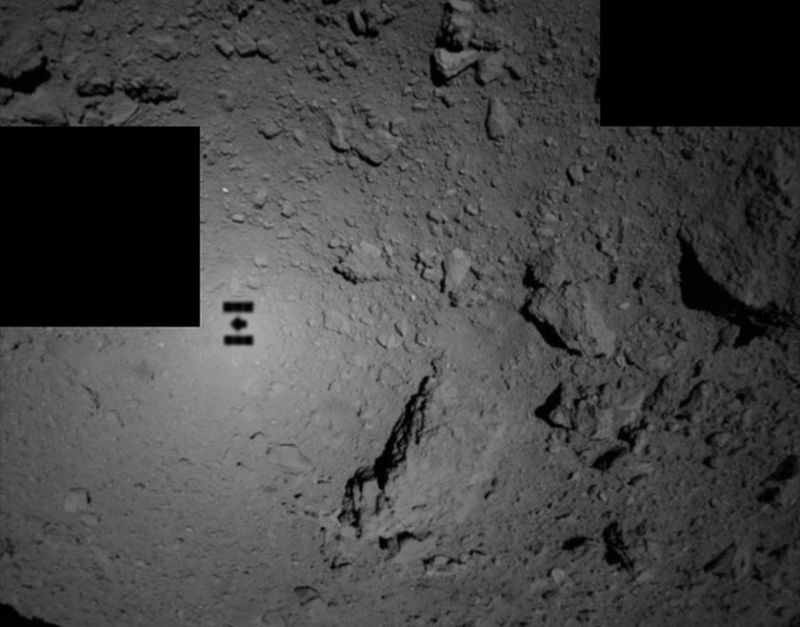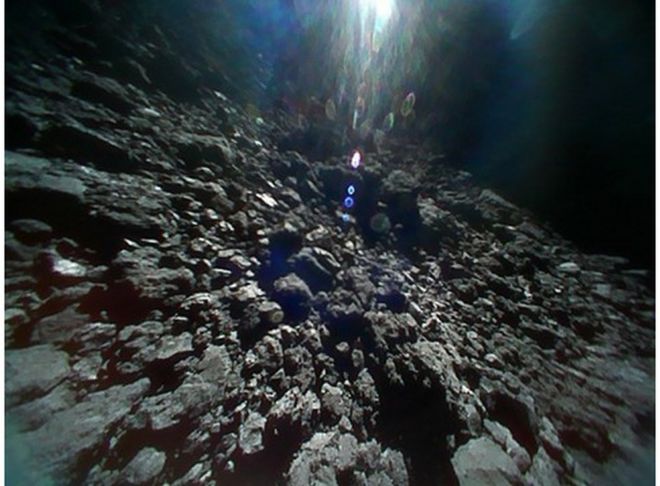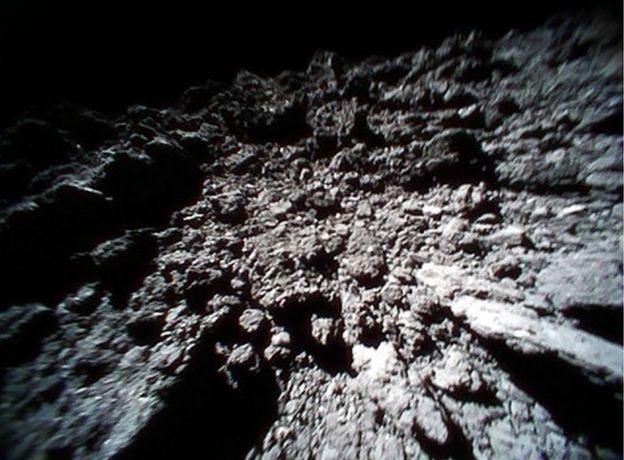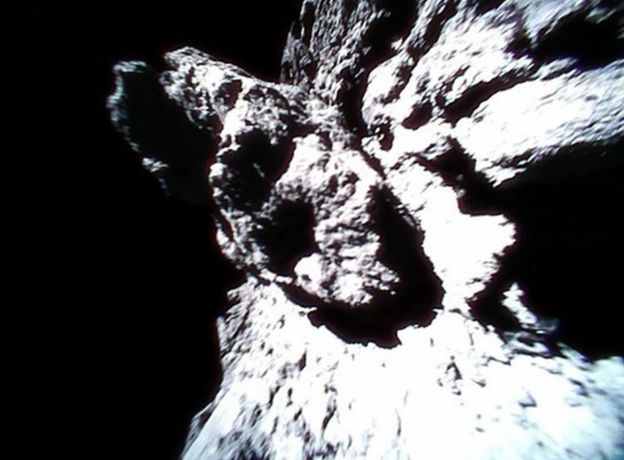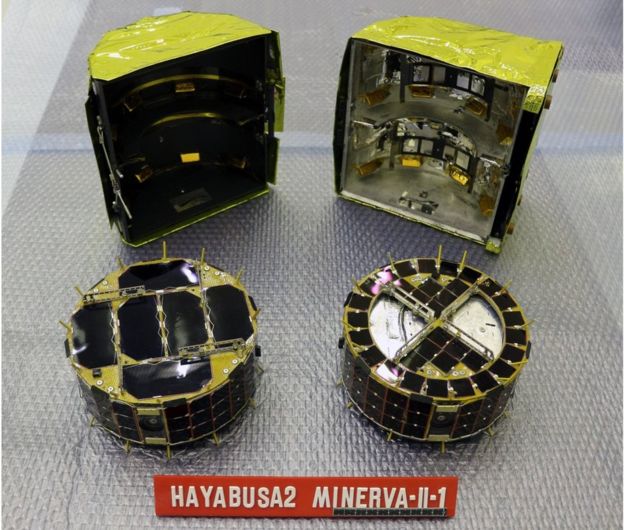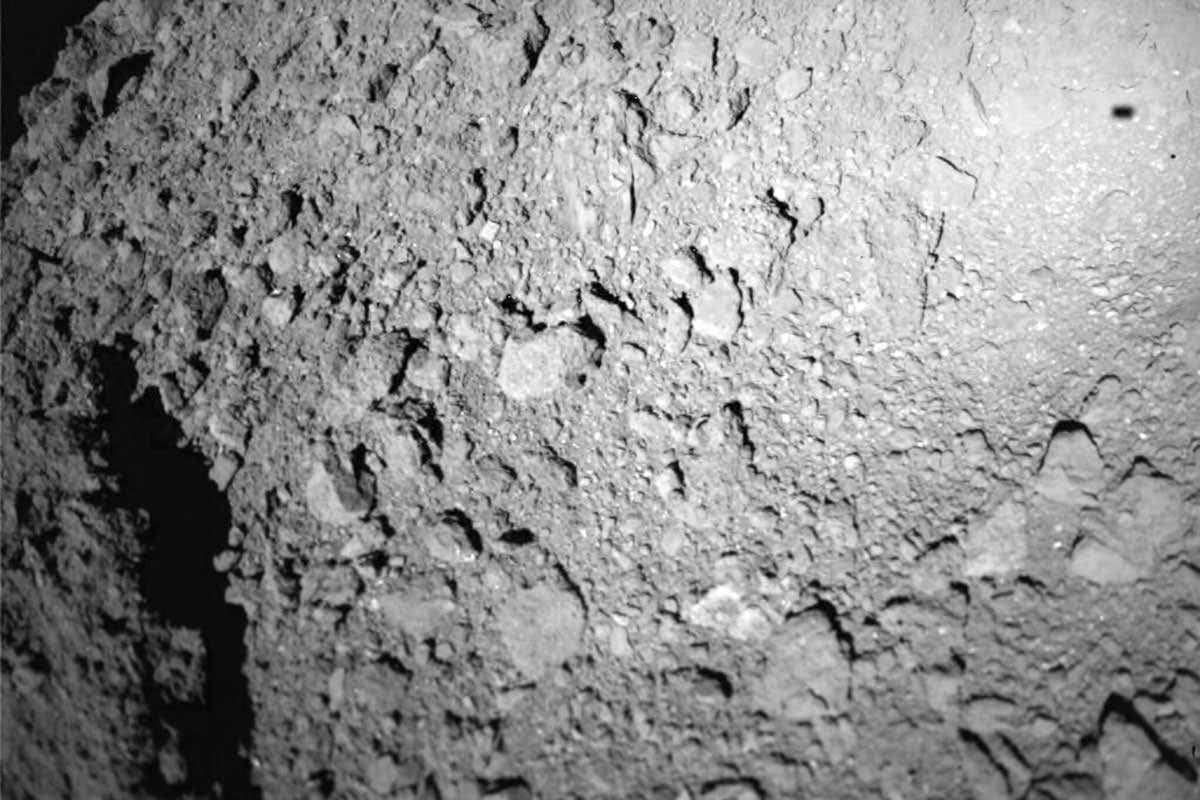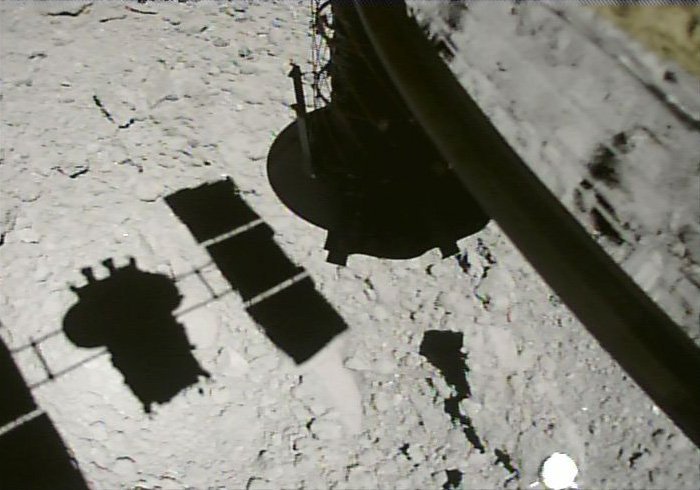Winston
Lorenzo von Matterhorn
- Joined
- Jan 31, 2009
- Messages
- 9,560
- Reaction score
- 1,748
Hayabusa-2: Japan's rovers ready for touchdown on asteroid
20 Sep 2018
https://www.bbc.com/news/science-environment-45578795
Rovers 1A and 1B (left and centre), alongside Minerva II-2 (right) which will be released at a later date:
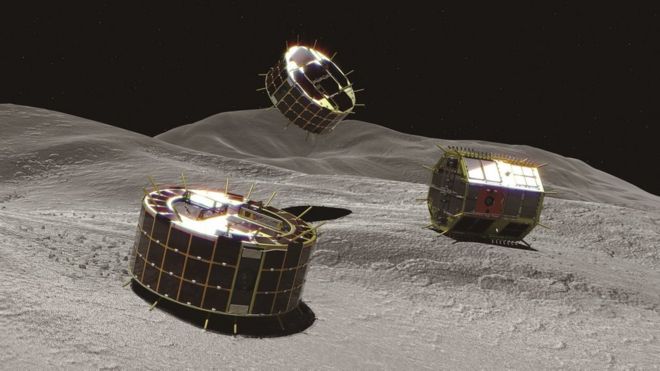
20 Sep 2018
https://www.bbc.com/news/science-environment-45578795
Rovers 1A and 1B (left and centre), alongside Minerva II-2 (right) which will be released at a later date:






